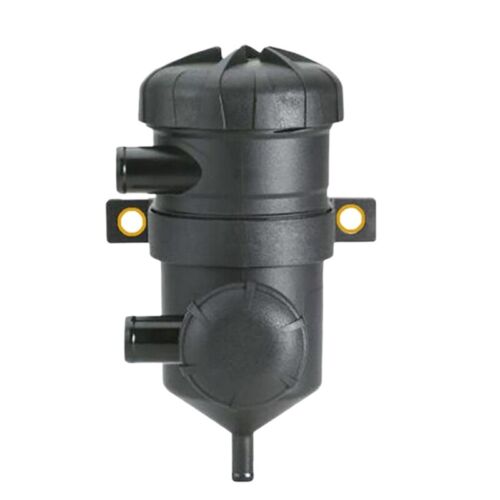Not meaning to disrespect anybody here with reference to who they know and what they do as there are some very good engine mappers out there.
But I have a good friend who runs a very successful tinting/wrapping business, it's well established and with a long list of local main dealers and repeat customers (me included) that use his services.
About 4 years ago he started 'mapping' engines, after a few months he told me how he could boost my Navara V6 and later my Touareg engine power and increase the mpg. I was interested to know where his mapping knowledge had suddenly appeared from as he is not at all technical, he'd struggle to wire a head-unit so his newly gained experience in remapping engines was nothing short of a miracle. I have a decent engineering background, I understand a little of what is required when you actually rewrite ecu code in order to call yourself a 'mapper'.
The short answer is that he is taking off the shelf maps, paying a licence for each map, uploading the generic map to the vehicle and then calling himself a mapper, I'd call him a tuner at very best, but in his mind he's an engine guru and has re-mapped plenty of cars with great success. He still maintains his maps are invisible and cannot be uncovered by manufacturers and worst case scenario he can put the original map back on and then be confident in his work being 100% undetectable...
ECU mapping is a bit like tattoo artists, there's several on every high street now, whereas 10 years ago there was maybe one decent artist in the whole town.


